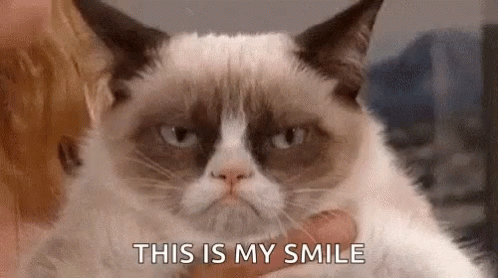LinkedIn’s Investment in Games Signals a Bigger Trend
The Top Story Professional networking might seem like the last place you’d expect to find word puzzles, yet LinkedIn
With the younger generations becoming a larger part of brand consumers, strategies have to change to appeal to them

With the younger generations becoming a larger part of brand consumers, strategies have to change to appeal to them. The rise of social media and shareable content means brands are having to learn a whole new way to market. Memes appeal to Millenials and Gen Z, give the company a human touch, and are low effort compared to other marketing techniques. Staying up to date on trends can also push your content further than simply paying to be promoted.
A brand we’ve all heard of that is definitely on top of their meme game is Wendy’s. From sassy tweets calling out other brands (and sometimes even customers) to sharing a meme perfectly in line with their brand, they have this new-age marketing down. Others have started to join and there are plenty of curated lists out there of the best brand memes like this one.
If you want to start using memes in your marketing, there are some things you have to know. Namely, a lot of memes do have copyright protection or are trademarked. One example is the viral “Grumpy Cat” meme which is actually the intellectual property of Grumpy Cat Inc. Corp. Ohio. Another thing, advertising is not protected by fair use. A random Twitter user sharing a technically copyrighted meme is fine, but when you use it for advertising (which gives the implicit goal of making money), you start to get into muddy waters on the fair use guidelines.

There are memes that aren’t copyrighted, and there are ways around using viral (but copyrighted) pictures. One example is the viral Arthur fist meme, Gucci simply dressed a real person and took a picture to mimic the image while not directly using it. Consumers still got the reference and Gucci remained legally safe. Hope is not lost however, there are plenty of free-use memes and ways to incorporate current trends into normal text to keep your brand hip.
Here are our best tips for memes: